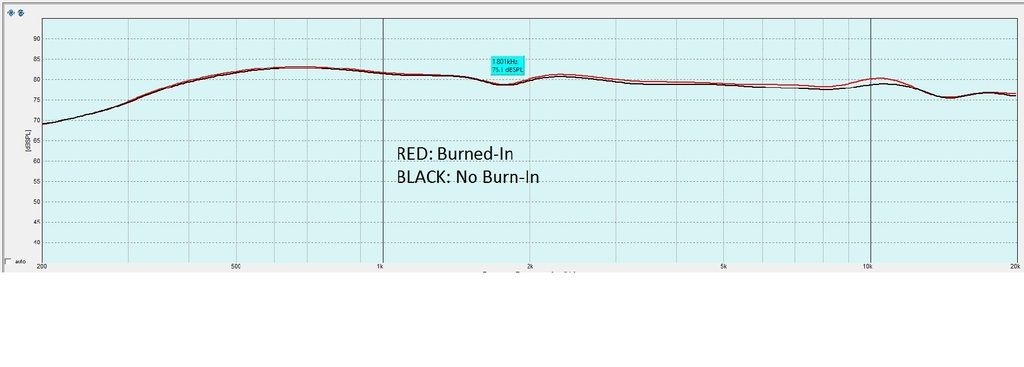Ah, of course that’s the reason for their shape: modelled on the monoliths from 2001 a space Odyssey!
we had the same idea . 
Of course, the cables (indeed everything) will be cryogenically frozen in transit, so there will be genuine burn-in when it arrives and is used.!
It was me, on the NASA experiment 
Yes, I can get to NASA’s home page easily. I was hoping for a link to the experiment that they invited you to.
see above, French Rooster first time on the Nasa!
More like Oxfordshire unfortunately (although Harwell is a lovely place…)
You’ll find it after the one where they tested 1,000 breakfast cereals, with and without milk. What is really interesting is a third test where they correlated the characteristics of the cables and the cereals. Take a look and you’ll see which cable has the most snap, crackle and pop.
Same experience here. I tried a few of the Furutech cables (including the much vaunted alpha-3) and their IEC connectors and plugs. They are beautifully made though.
So as not to waste the alpha-3 cable and the nice Rhodium plugs and IEC connectors; they are now used with my electric kettle…
Does it boil more evenly, and if so has that improved as the cable burns in?
I trust it was rated for the 3KW or whatever the kettle is, otherwise it could heat significantly in use, and ‘burn in’ could be shortened to just the first word.
I’m not sure but I’m easily persuaded by grand claims and technobabble that I don’t understand. I think my fully filled kettle boils faster but could be due to the placebo effect mentioned on the other thread.
Ah, it’s all coming together nicely… sounds like a cue for a nice cup of tea, which always has a calming effect (or is that a placebo?) while refreshing ready for whatever is to follow.
Wots wrong with Oxfurdshy’r ??, Harwell is for boys, they know nuffink about cables, Culham is the place, they can burn a cable in a nano second.
extruded over the conductors, gases can become trapped. This combined with the high electrical charges often found in new cables, result in a brittle and bright sound that lacks the detail and depth desired for music reproduction. There are a few ways to solve this problem. One way to burn-in your cables is to simply hook them up in your home audio system and play music for a minimum of 100 hours. Even better, use a burn in disc, like Nordost’s System Set-Up & Tuning Disc, which provides a track specifically designed to produces a range of tones that stress the cables and expedite the burn-in process. However, the best solution is to treat your cables using a designated cable burn-in device such as Nordost’s Vidar.
pm »
This has always been a controversial topic… ![]()
In the few years I’ve been running ZenWave Audio I’ve got a lot of feedback from folks on burn-in. The first several months I sent out totally fresh, unused cables. This wasn’t a great idea, especially with the litz-wire cables as the burn-in is very pronounced. I got a lot of comments about how bad the litz-wire cables sounded at first, but at least some folks who never thought burn-in was real got to experience it themselves ![]() After I purchased my AudioDharma Cable Cooker I never got another comment. Semi-anecdotal but something that could be used to form a hypothesis.
After I purchased my AudioDharma Cable Cooker I never got another comment. Semi-anecdotal but something that could be used to form a hypothesis.
My ideas about burn in involve the interface between the conductor and the dielectric, and that this is where burn-in happens. The litz wire I use has a lot of surface area here, and burn-in is very obvious. So obvious in fact that I figured it should be measurable with a simple frequency response test. I finally got around to doing the test and the results are below.
Pioneer S-1EX speakers used with 5" magnesium midrange and coaxial beryllium dome tweeter. Omnimic software, mic placed about 2" from dome tweeter, centered on tweeter. Mic was not moved while cable was being burned in for 5 days on an AudioDharma Cable Cooker.
Cable used was ZenWave Audio SL17 speaker cable which uses an aggregate 17g of UPOCC copper litz wire.
IMO, frequency response is one of the more subtle aspects of burn-in, but the test shows unmistakable and relatively large changes in frequency response. It’s fair to say a lot more is going on besides frequency response changes during burn-in.
1/6 octave smoothing
![]() Logged
Logged
How does a few microamps of current stress an interconnect?
If they said use your fine wire interconnect as a speaker cable and wind up to high volume I could see that there might begin to be some stress (or better still, but definitely not for safety reasons, use it as a kettle mains lead), but not as an interconnect.
And there is.cable direction too… even for ethernet or optical cable…
I was pointing out that the Rooster is at Harwell. Oxfordshire is lovely.



